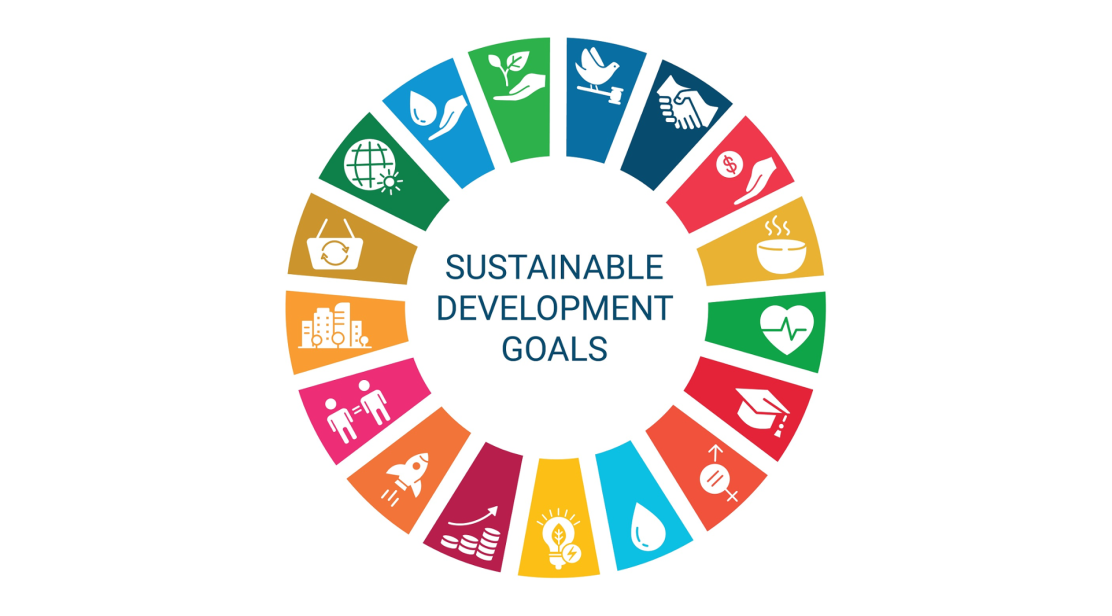 The SDGs acknowledge the importance of the interconnections between different issue areas and sectors that have traditionally been considered to be separate domains of expertise and practice. In response to this, intersectoral collaboration has come to be seen as a more efficient and effective way of working to achieve the SDGs, resulting in increased use of the term in policy discourse (e.g. in the SDG High Level Political Forum, July 2022). However, the current literature has yet to provide evidence that satisfactorily addresses intersectoral relations and practices. In the absence of this, policy discourses of intersectoriality will be mobilised while failing to acknowledge the risks and benefits of these ways of working, much less their implementation and expected contribution to delivering the sustainable development outcomes.
The SDGs acknowledge the importance of the interconnections between different issue areas and sectors that have traditionally been considered to be separate domains of expertise and practice. In response to this, intersectoral collaboration has come to be seen as a more efficient and effective way of working to achieve the SDGs, resulting in increased use of the term in policy discourse (e.g. in the SDG High Level Political Forum, July 2022). However, the current literature has yet to provide evidence that satisfactorily addresses intersectoral relations and practices. In the absence of this, policy discourses of intersectoriality will be mobilised while failing to acknowledge the risks and benefits of these ways of working, much less their implementation and expected contribution to delivering the sustainable development outcomes.
To remedy this, we are embarking on a horizon scanning project that aims to identify the outstanding research questions as well as risks and benefits to making connections between SDGs and how to work across more than one SDG. In the first instance, we will focus our research attention on education (SDG4), health (SDG3), decent work (SDG8), climate change (SDG13), and peace and democracy (SDG16). We will particularly seek to sample researchers, policy makers and practitioners in all the SDGs addressed and surface under-represented expertise, particularly from the South, to bring additional – and intersectional – perspectives to the debate.
Horizon scanning is a systematic method developed by William Sutherland at the University of Cambridge that is used to identify emerging trends. This method relies on expert elicitation, since future states can be difficult to predict using existing information. Through large-scale surveys and a sense-making workshop with the core research team, this horizon scanning method draws on expert communities of practice to identify, sort and prioritise information on existing gaps in research, policy and practice. Widely used in conservation and ecology, this would be (to our knowledge) the first application of this method.